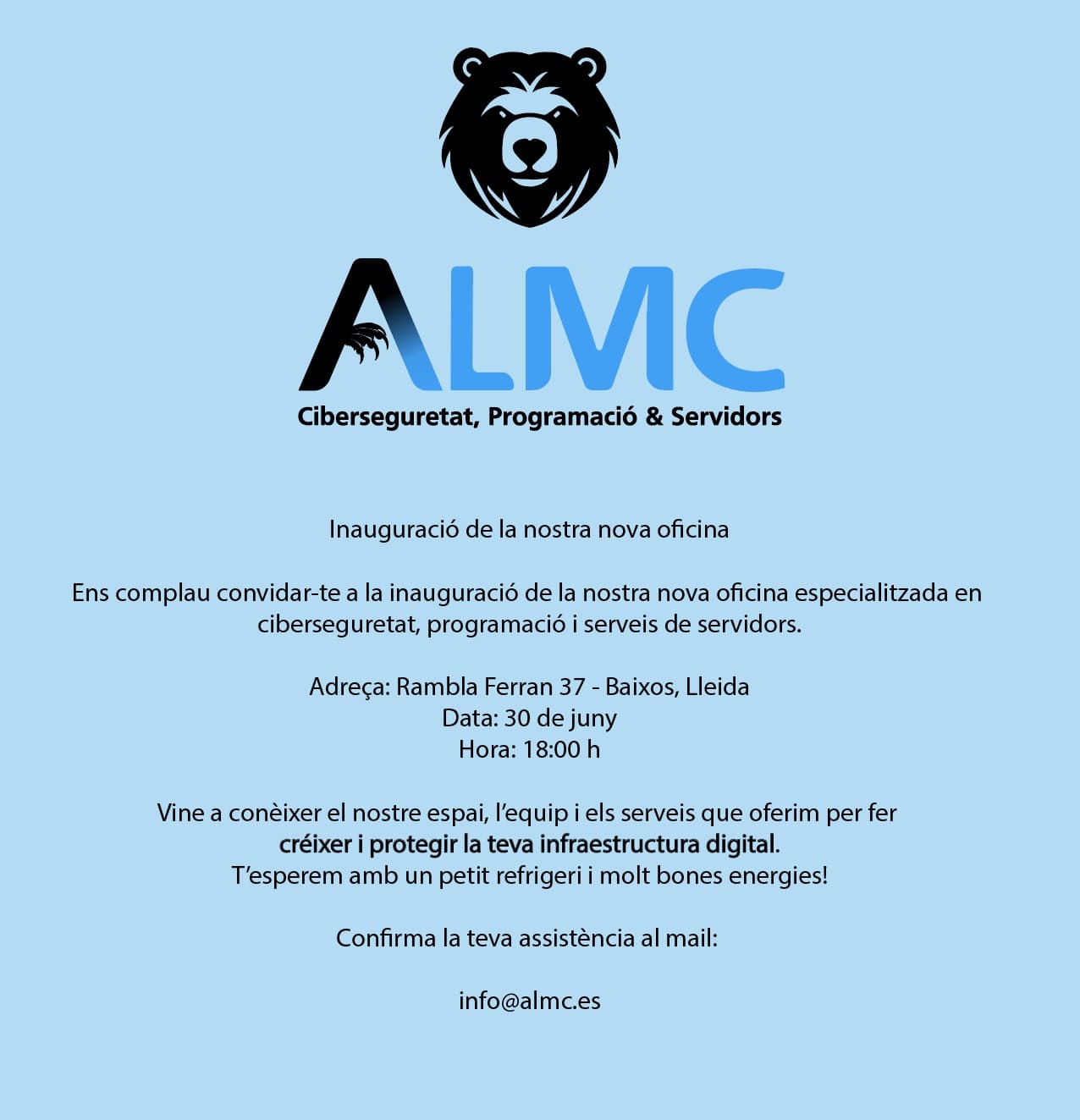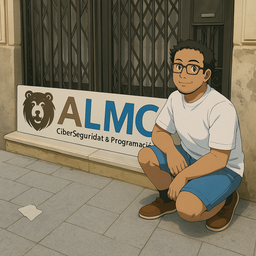MCP Talk Demo Files
This folder contains practical examples for the "Beyond the Basics: Unlocking the Power of MCP" presentation at the 10x Developers Meetup.
🚀 Quick Setup (Recommended)
Option 1: Automated Setup (Recommended)
macOS/Linux:
cd /Users/davidhague/source/mcp-talk
chmod +x setup.sh
./setup.sh
Windows:
cd \Users\davidhague\source\mcp-talk
setup.bat
Option 2: Manual Setup
cd /Users/davidhague/source/mcp-talk
# Create and activate virtual environment
python3 -m venv venv
source venv/bin/activate # On Windows: venv\Scripts\activate
# Install dependencies
pip install --upgrade pip
pip install -r requirements.txt
# Test setup
python test_setup.py
📁 Demo Files
1. 01_python_client_demo.py
Simple MCP Python Client
- Demonstrates how to connect to any MCP server from Python
- Shows tool discovery, resource access, and general MCP interactions
- Perfect for showing the developer experience
To run:
source venv/bin/activate # Activate venv first!
# Terminal 1 - Start MCP server
npx -y @modelcontextprotocol/server-filesystem /tmp
# Terminal 2 - Run client
python 01_python_client_demo.py
2. 02_system_monitor_server.py
Complete MCP Server from Scratch
- System monitoring server with all three MCP capabilities
- Tools: CPU usage, memory info, disk usage, processes, network
- Resources: System overview, platform information
- Shows how to build a full MCP server
To run:
source venv/bin/activate
python 02_system_monitor_server.py
To connect with Claude Desktop:
Add to your Claude Desktop config (~/Library/Application Support/Claude/claude_desktop_config.json):
{
"mcpServers": {
"system-monitor": {
"command": "python",
"args": ["/Users/davidhague/source/mcp-talk/02_system_monitor_server.py"],
"env": {
"PATH": "/Users/davidhague/source/mcp-talk/venv/bin:/usr/bin:/bin"
}
}
}
}
3. 03_sse_server_complete.py
MCP with Server-Sent Events (SSE) - Pseudocode Reference
- LEGACY TRANSPORT - Educational purposes only
- Shows SSE endpoint structure (GET /sse + POST /messages)
- Demonstrates why Streamable HTTP is preferred
Note: This is pseudocode for understanding SSE concepts.
For working implementations, use 04_https_streamable.py
4. 04_https_streamable.py
Next-Generation Streamable HTTP MCP
- Demonstrates the latest MCP transport protocol
- Unified endpoint architecture
- Production-ready streaming implementation
To run:
source venv/bin/activate
python 04_https_streamable.py
5. 05_http_client_demo.py
HTTP MCP Client Demo
- Demonstrates connecting to HTTP MCP servers instead of stdio
- Shows the same LLM integration but over HTTP transport
- Perfect companion to show stdio vs HTTP client differences
To run:
source venv/bin/activate
# Terminal 1 - Start HTTP MCP server
python 04_https_streamable.py
# Terminal 2 - Run HTTP client
python 05_http_client_demo.py
🎯 Presentation Flow
Demo 1: Python Client (stdio) (5 minutes)
- "Here's how easy it is to connect to any MCP server from Python"
- Run the stdio client against filesystem server
- Show tool discovery and execution with LLM integration
Demo 2: Build Custom Server (10 minutes)
- "Let's build an MCP server from scratch"
- Walk through the system monitor server code
- Show tools and resources capabilities
- Connect it to Claude Desktop
Demo 3: HTTP Transport (8 minutes)
- "Now let's make servers truly standalone with HTTP"
- Run the HTTP streamable server
- Show the unified endpoint architecture
- Demonstrate HTTP client connecting to it
Demo 4: SSE Concepts (2 minutes)
- "For context, here's the legacy SSE approach"
- Show the pseudocode structure
- Explain why Streamable HTTP is preferred
🔧 Key Technical Points
MCP Architecture
┌─────────────┐ MCP Protocol ┌─────────────┐
│ Client │ ◄─────────────────► │ Server │
│ (Claude, │ │ (Your App) │
│ Cursor, │ • Tools │ │
│ Custom) │ • Resources │ │
└─────────────┘ • Prompts └─────────────┘
Transport Evolution
- STDIO → Local, simple, process-based
- SSE → Remote, dual-endpoint (GET /sse + POST /messages)
- Streamable HTTP → New unified, single endpoint
Three Capabilities
- Tools (Model-controlled): Functions the AI can call
- Resources (App-controlled): Data the AI can read
- Prompts (User-controlled): Templates users select
🐍 Virtual Environment Notes
Why use a virtual environment?
- Isolated Python dependencies
- Reproducible demo environment
- No conflicts with system packages
- Professional development practice
Managing the venv:
# Activate (do this before running demos)
source venv/bin/activate
# Check it's working
which python # Should show venv/bin/python
# Install additional packages if needed
pip install some-package
# Deactivate when done
deactivate
If you see import errors:
- Make sure venv is activated (
source venv/bin/activate) - Run
python test_setup.pyto verify setup - Reinstall with
pip install -r requirements.txt
📚 Additional Resources
- MCP Documentation
- MCP Python SDK
- MCP Servers Collection
- MCP Inspector - Great for testing
🚀 Next Steps for Audience
- Start Simple: Use existing MCP servers with Claude Desktop
- Build Custom: Create MCP servers for your specific needs
- Go Remote: Deploy SSE servers for team/production use
- Explore Transports: Try different transport protocols for your use case
💡 Talk Takeaways
- MCP is the "USB-C for AI" - universal protocol
- Three capabilities: tools, resources, and prompts unlock real workflows
- Multiple transport options for different deployment scenarios
- Production-ready with proper session management
- Open standard with growing ecosystem
🔧 Troubleshooting
Common Issues:
- ModuleNotFoundError: Activate venv first (
source venv/bin/activate) - Permission denied on setup.sh: Run
chmod +x setup.sh - Node.js not found: Install from nodejs.org for filesystem server demo
- Port 8000 in use: Change port in SSE server or kill existing process
- Claude Desktop not connecting: Check config file path and restart Claude Desktop
These demos show practical, working examples of MCP's power beyond basic tutorials.




